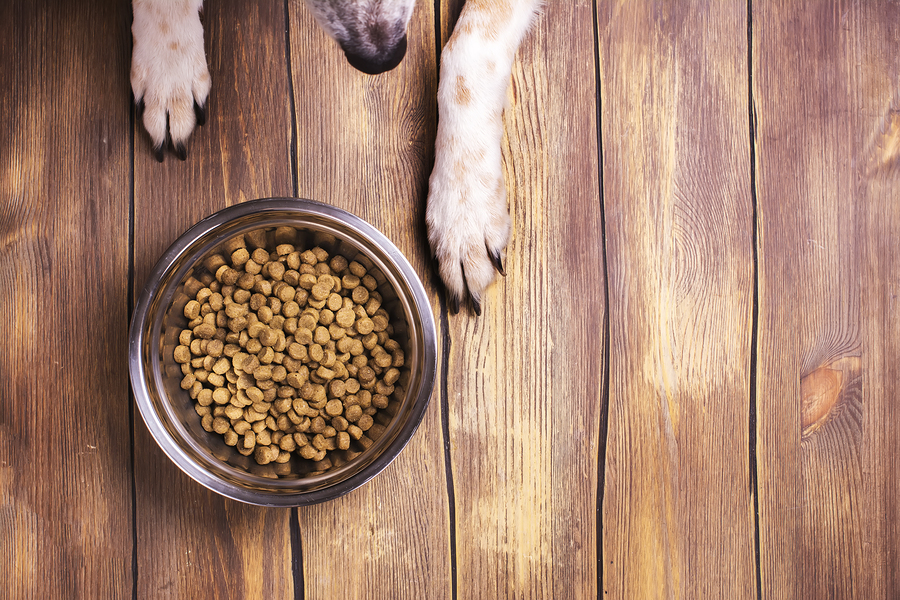
You’ve heard the saying: you are what you eat. A healthy diet is an important part of maintaining a healthy body. Well, this is no less true for your dog than it is for you. A healthy diet is an important part of having a healthy dog. But, there is such a large variety of dog foods available these days that it is difficult to make an informed decision on which one is best for your dog.
Commercial dog food comes in two main forms: canned or kibble. Both have their own benefits and drawbacks.
If you’re trying to decide what type of dog food to purchase for your dog, DogFoodInsider.com makes it easy to become an informed consumer with our large selection of dry dog food ratings. Each of our dry dog food ratings are written by dog nutrition experts.
Why Dry Dog Food?
Dry dog food is generally cheaper than wet, canned dog food, even when taking into account relative levels of quality. If you have larger dogs that consume a lot of food, the difference in price could add up to significant savings over the course of your dog’s life.
Dry dog food is also far more convenient than wet dog food. Bags of kibble are lighter, contain more food, and are easier to store than large, heavy cans of wet dog food.
Unfortunately, there are some drawbacks to dry dog food as well. Dry dog food is not as good for your dog from a nutritional standpoint. The formula for most dry dog foods contain a significant amount of carbohydrates. Your dog is a carnivore, and its digestive system is designed to easily break down animal protein and fat, but not carbohydrates.
Another problem with dry dog food is that it requires the use of a lot of preservatives to keep the food stable while it sits around on store shelves for a long time. In contrast, wet, canned dog foods are preserved by the canning process itself, so they don’t need as many preservatives.
Why Canned Dog Food?
Canned dog foods generally contain more animal protein and fat and less carbohydrates, because canned dog food does not need to be extruded into pellet like shapes. As previously mentioned, wet dog foods also don’t need as much chemical preservatives because the canning process itself preserves the food inside.
Canned dog foods are also moist, making it easier for your dog to digest.
Although canned dog foods don’t have chemical preservatives, they can still contain some other chemical additives that are not good for your dog’s health. Certain thickeners used in dog foods can cause gastrointestinal problems in dogs.
Most cans are also lined with bisphenol-A (BPA), which is a plastic polymer that has been associated with health problems. The relationship between BPA and health problems in both dogs and humans is not settled, but there is no alternative for those that are concerned about its health effects.
Finally, canned dog food is expensive. If you have a small dog that doesn’t consume much food, the added expense of canned dog food may not be much of an issue, but feeding a large dog canned food can get very expensive, very quickly.
How DogFoodInsider.com Can Help
Even after you learn about the general pros and cons of wet and dry dog foods and decide that kibble is the best choice for your dog, there are still an enormous number of brands that you can choose from. This is where DogFoodInsider.com can help. DogFoodInsider.com has a wealth of information on how to choose the best dog foods, including how to read an ingredient list.
More importantly, we have dry dog food ratings of all the major dog food brands such as Beneful, Blue Seal, Pedigree, Purina, and over twenty more.
Each of the dry dog food ratings is written by a dog nutrition expert who takes into account the ingredient list, the history and reputation of the manufacturing company, the history of dog food recalls, and the company’s manufacturing practices. The expert reviewers are independent contractors who are paid a flat fee for each review, ensuring that the dry dog food ratings are unbiased and accurate.
